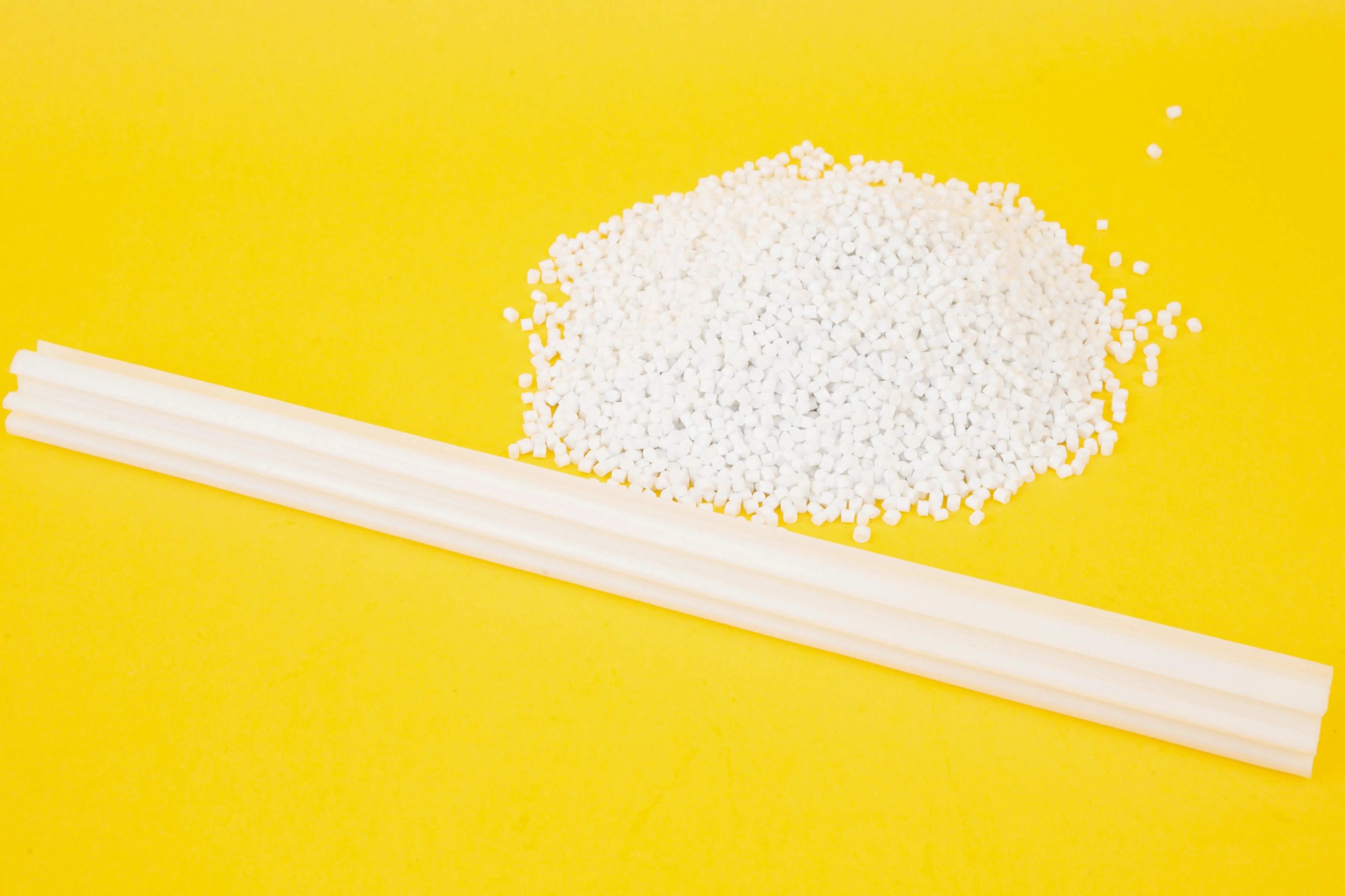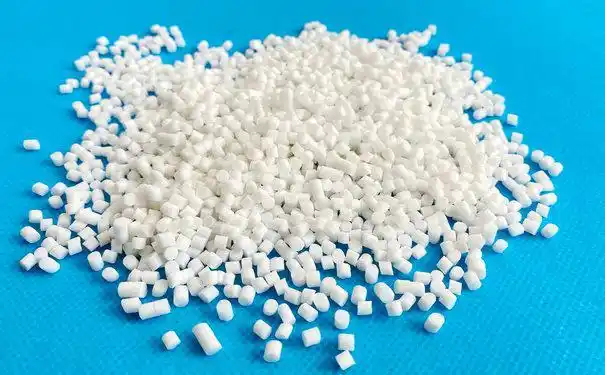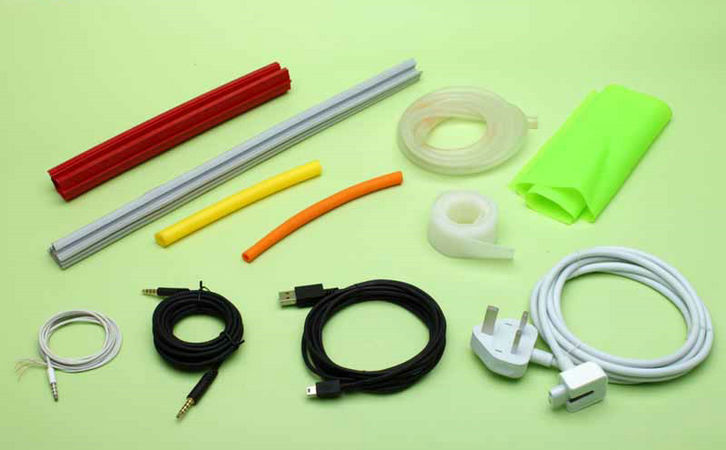In the vast world of materials used for everyday products, from fitness gear to household items, TPE (Thermoplastic Elastomer) has emerged as a popular choice due to its unique blend of properties. As someone who has spent years immersed in the material science and product design industry, I’ve encountered countless questions about TPE, with one recurring query standing out: “Is TPE material a bit sticky?” This seemingly simple question opens the door to a fascinating discussion about the characteristics, applications, and misconceptions surrounding TPE. In this article, I’ll delve deep into the sticky (or not-so-sticky) nature of TPE, providing insights from both a practical and scientific perspective.

Understanding TPE: The Basics
Before we tackle the stickiness question, it’s crucial to grasp what TPE is and what makes it so special. TPE is a class of copolymers or a physical mix of polymers (usually a plastic and a rubber) that have both thermoplastic and elastomeric properties. This means it can be processed like a thermoplastic (melted and molded) while retaining the elasticity and flexibility of rubber. This unique combination makes TPE incredibly versatile, finding applications in everything from automotive parts to medical devices, and of course, yoga mats and other fitness accessories.
Key Properties of TPE:
Flexibility: TPE can bend and stretch without breaking, making it ideal for products that require a degree of give.
Durability: It resists wear and tear, maintaining its shape and function over time.
Recyclability: Unlike some traditional rubbers, TPE can be recycled, reducing its environmental impact.
Tactile Feel: The surface texture of TPE can vary, influencing its perceived stickiness or slipperiness.
The Stickiness Factor: Debunking Myths and Revealing Truths
Now, let’s address the elephant in the room: Is TPE sticky? The answer, as with many things in the material world, is not straightforward—it depends. Several factors contribute to the perceived stickiness of TPE, including its formulation, surface finish, environmental conditions, and even personal perception.

1. Formulation Variations
TPE is not a single, uniform material but rather a family of materials with varying compositions. Manufacturers can adjust the ratio of plastic to rubber, add fillers, or incorporate other additives to tailor TPE’s properties to specific applications. This means that some TPE formulations might feel slightly tacky or sticky to the touch, especially if they’re designed for grip-enhancing purposes, such as in the handles of tools or sports equipment. On the other hand, other formulations might prioritize smoothness and slip resistance, resulting in a less sticky feel.
2. Surface Finish and Texture
The surface finish of a TPE product plays a significant role in its perceived stickiness. A smooth, polished surface might feel less sticky than a textured or matte finish, which can create more friction and a slight tacky sensation. This is why yoga mats made from TPE often have a textured surface to enhance grip, even when wet, which could be perceived as slightly sticky compared to a completely smooth surface.
3. Environmental Conditions
Temperature and humidity can also affect how sticky TPE feels. In high-humidity environments, some TPE materials might absorb moisture from the air, leading to a slight increase in tackiness. Conversely, in dry conditions, the same material might feel less sticky. Similarly, extreme temperatures can alter the material’s properties, potentially affecting its surface tackiness.
4. Personal Perception
It’s important to remember that stickiness is a subjective sensation. What feels sticky to one person might not feel the same to another. Factors such as skin type, sweat levels, and even personal preferences can influence how sticky a material is perceived to be. This means that even within the same TPE formulation, individual experiences can vary widely.
Practical Examples: TPE in Everyday Products
To better understand the stickiness of TPE, let’s look at some real-world examples where TPE is commonly used and how its stickiness (or lack thereof) plays a role.
Yoga Mats
Yoga mats are a prime example of TPE’s versatility. Many modern yoga mats are made from TPE due to its lightweight, eco-friendly, and non-slip properties. The textured surface of TPE yoga mats is designed to provide grip, even during sweaty practices, which could be perceived as slightly sticky compared to a smooth surface. However, this stickiness is intentional and beneficial, as it helps prevent slipping and ensures stability during poses.

Phone Cases
TPE is also a popular choice for phone cases, thanks to its shock-absorbing capabilities and flexible design. Some TPE phone cases might have a slightly tacky feel, which can be advantageous for grip, making it less likely for the phone to slip out of your hand. However, manufacturers often balance this tackiness with a smooth finish to ensure a comfortable user experience.
Automotive Parts
In the automotive industry, TPE is used for various components, from seals and gaskets to interior trim pieces. The stickiness of TPE in these applications is carefully controlled. For example, seals and gaskets might have a slightly tacky surface to ensure a tight seal, while interior trim pieces are designed to be smooth and non-sticky for a premium feel.
Comparing TPE to Other Materials: A Stickiness Perspective
To put TPE’s stickiness into context, let’s compare it to other common materials used in similar applications. This comparison will highlight how TPE’s stickiness (or lack thereof) stacks up against the competition.
| Material | Typical Stickiness Level | Common Applications | Notes |
|---|---|---|---|
| TPE | Variable (depends on formulation) | Yoga mats, phone cases, automotive parts | Can be formulated to be slightly tacky for grip or smooth for comfort. |
| Silicone | Generally low to moderate | Kitchenware, medical devices, seals | Silicone can have a slight tackiness, especially when new, but it usually diminishes with use. |
| PVC (Polyvinyl Chloride) | Low | Pipes, vinyl records, flooring | PVC is typically smooth and non-sticky, though it can feel slightly tacky in humid conditions. |
| Natural Rubber | Moderate to high | Tires, gloves, erasers | Natural rubber can be quite sticky, especially when warm or wet, due to its high tack properties. |
| Thermoplastic Polyurethane (TPU) | Low to moderate | Footwear, hoses, cables | TPU is known for its abrasion resistance and can have a slight tackiness, depending on the formulation. |
How to Manage TPE Stickiness: Tips and Tricks
If you find that your TPE product is stickier than you’d like, there are several strategies you can employ to manage or reduce its tackiness.
1. Clean the Surface
Dirt, oils, and other residues can accumulate on the surface of TPE, potentially increasing its stickiness. Regularly cleaning your TPE product with a mild soap and water solution can help remove these residues and restore its original feel. Avoid using harsh chemicals or abrasive cleaners, as these can damage the material.
2. Use a Powder or Talc
For products like yoga mats or phone cases that you handle frequently, applying a small amount of baby powder or talcum powder can help reduce stickiness. The powder creates a barrier between your skin and the TPE surface, reducing friction and tackiness. Just be sure to use a light touch, as too much powder can make the surface slippery.
3. Adjust Environmental Conditions
If high humidity is contributing to the stickiness of your TPE product, try storing it in a cool, dry place when not in use. Using a dehumidifier in your home or workspace can also help reduce overall humidity levels, potentially minimizing stickiness.

4. Choose the Right Formulation
When purchasing TPE products, pay attention to the material’s intended use and any descriptions provided by the manufacturer. If you’re looking for a non-sticky surface, opt for formulations that emphasize smoothness and slip resistance. Conversely, if grip is important, choose a product with a textured or slightly tacky surface.
Final Thoughts: Embracing TPE’s Unique Qualities
The question of whether TPE material is sticky doesn’t have a one-size-fits-all answer. TPE’s stickiness is a variable property that depends on its formulation, surface finish, environmental conditions, and personal perception. Instead of viewing stickiness as a flaw, it’s more productive to understand how it can be managed and even leveraged for specific applications. Whether you’re using a TPE yoga mat for its non-slip grip or a phone case for its shock-absorbing capabilities, embracing TPE’s unique qualities can enhance your overall experience.
As we continue to explore and innovate with materials like TPE, it’s essential to appreciate their versatility and adaptability. By understanding the factors that influence TPE’s stickiness, we can make more informed choices about the products we use and how we use them. So, the next time you encounter a slightly sticky TPE surface, remember that it’s just one aspect of this remarkable material’s many fascinating properties.
Related Q&A
Q: Can TPE material become less sticky over time?
A: Yes, TPE material can become less sticky over time, especially with regular use and cleaning. As residues and oils are removed from the surface, the material may regain its original, less tacky feel. Additionally, exposure to environmental factors like sunlight and air can cause slight changes in the material’s properties, potentially reducing stickiness.
Q: Is it safe to use TPE products if they feel sticky?
A: Generally, yes, it’s safe to use TPE products even if they feel slightly sticky. The stickiness is usually a surface characteristic and doesn’t indicate any underlying safety issues. However, if the stickiness is accompanied by a strong odor, discoloration, or other unusual signs, it’s best to discontinue use and consult the manufacturer or a material expert.

Q: Can I modify TPE material to make it less sticky?
A: While you can’t fundamentally change the stickiness of TPE material without altering its chemical composition, you can manage its surface tackiness through cleaning, powdering, and adjusting environmental conditions, as mentioned earlier. If you’re looking for a permanently less sticky TPE product, your best bet is to choose a formulation that’s designed to be smooth and non-tacky from the outset.
Q: Are there any health concerns associated with TPE stickiness?
A: In general, the stickiness of TPE material doesn’t pose any significant health concerns. However, if the stickiness is due to the accumulation of dirt, oils, or other contaminants, it’s important to clean the surface regularly to prevent bacterial growth or skin irritation. Always follow the manufacturer’s care instructions for your specific TPE product.
Q: Can TPE material be used in food-contact applications despite its stickiness?
A: Yes, TPE material can be used in food-contact applications, provided it meets the relevant safety standards and regulations. The stickiness of TPE doesn’t inherently disqualify it from food-contact use; instead, the material must be formulated and manufactured to be safe for such applications. Look for TPE products that are specifically labeled as food-grade or FDA-compliant if you intend to use them with food.





